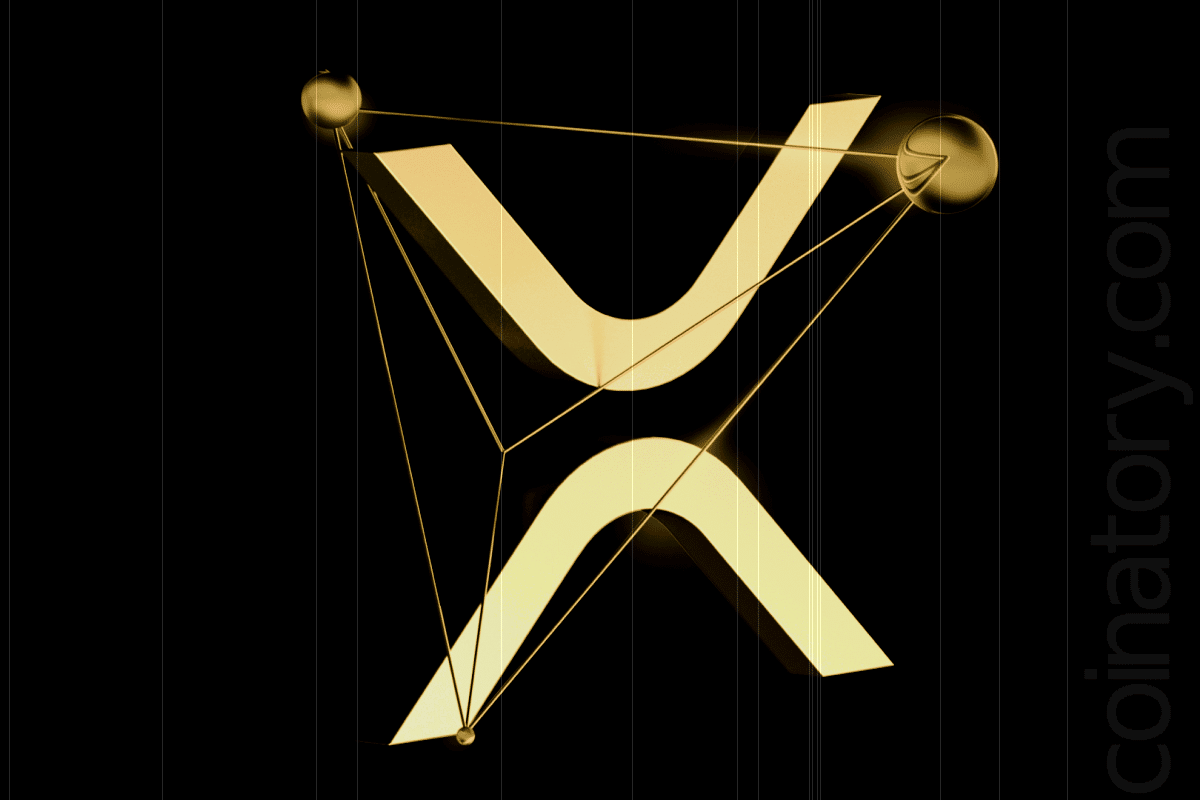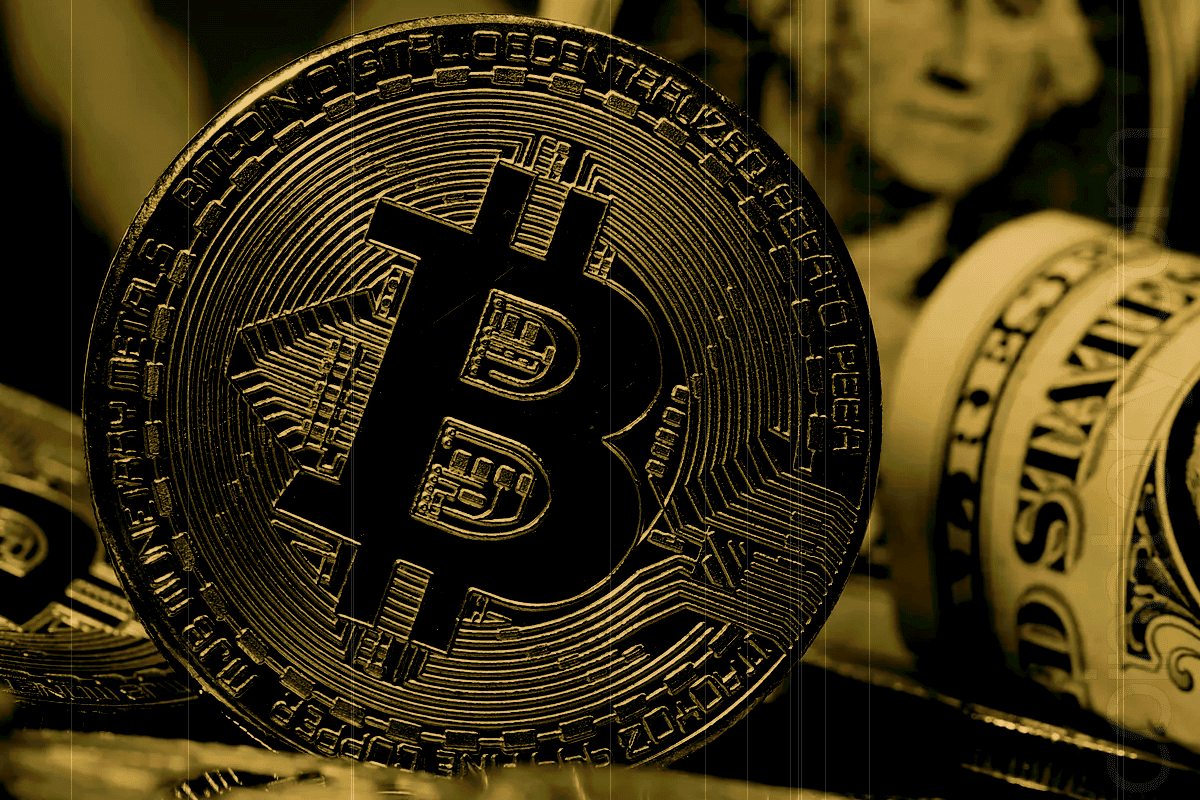
XRP Gains Institutional Momentum as Ripple’s Financial Strategy Takes Shape
Once maligned for its supposed lack of utility, XRP has emerged as one of the standout performers of the 2025 bull market. Surging 30% in the past week, it now ranks as the third-largest cryptocurrency globally, with a market capitalization of $168 billion. This rise isn’t driven by hype, but by a clear convergence of regulatory alignment, institutional interest, and financial infrastructure development.
Key Drivers Behind XRP’s Ascent
1. ISO 20022 Alignment: Ripple at the Core of Financial Messaging
On July 1, 2025, the U.S. Federal Reserve officially adopted ISO 20022, a new global financial messaging standard. Ripple had joined the ISO 20022 standards body as early as 2020, positioning itself years ahead of most blockchain firms. This foresight is now proving valuable. Volante Technologies—a key Fedwire partner—confirmed that financial institutions using its platform can opt to settle transactions using XRP, offering real-world utility in a tightly regulated environment.
2. RLUSD Stablecoin and Ripple’s Banking Ambitions
In December 2024, Ripple introduced RLUSD, a U.S. dollar–pegged stablecoin, which has since surpassed $517 million in market capitalization. Ripple has also filed for a national banking charter with the Office of the Comptroller of the Currency (OCC) and applied for a Fed Master Account through its acquisition of Standard Custody in February 2024. These developments underscore Ripple’s commitment to building compliant digital finance infrastructure.
3. Corporate Treasury Allocations Signal Strategic Shift
A new wave of institutional investors is treating XRP as a treasury asset. Nasdaq-listed companies Trident and Webus announced XRP allocations of $500 million and $300 million, respectively. Smaller players such as VivoPower and Wellgistics Health have also committed $121 million and $50 million. While these allocations remain modest compared to Bitcoin’s $102 billion in corporate holdings, they represent a notable reclassification of XRP—from speculative token to strategic reserve asset.
4. XRP ETFs: From Futures in the U.S. to Spot in Canada
On July 14, the NYSE approved the listing of ProShares Ultra XRP ETF, the first leveraged XRP ETF based on futures contracts. Although futures-based, this fund offers institutional players a regulated vehicle to gain exposure to XRP price action. Meanwhile, Canada remains a step ahead: Toronto-based 3iQ launched the first spot XRP ETFs (XRPQ and XRPQ.U) on June 18, quickly surpassing $50 million in AUM on the Toronto Stock Exchange.
XRP: From Speculation to Strategic Exposure
With daily trading volumes exceeding $11 billion and futures open interest at $8.1 billion, XRP continues to attract attention as a liquid, accessible asset. Its price behavior—often lagging behind Bitcoin, then catching up rapidly—makes it appealing for short-term tactical trades.
However, the narrative is shifting. Companies are no longer just trading XRP—they are holding it. If these firms begin utilizing XRP for cross-border payments and settlements, particularly in connection with RippleNet’s growing reach, XRP’s use case may shift from theoretical to operational.
The Bottom Line
In a cryptocurrency market increasingly driven by regulatory clarity, real-world integration, and institutional structure, XRP is emerging as a serious contender. Its alignment with ISO 20022, development of a compliant stablecoin, and growing ETF presence mark it as one of the few digital assets with credible utility and strategic appeal. Ripple’s ongoing efforts suggest that XRP may become less of a speculative play—and more of a foundational asset for next-generation finance.
As Cosmo Jiang, General Partner at Pantera Capital, succinctly put it:
“XRP has a really, really strong following… broad awareness among institutions and traditional finance.”







